For once, I decided I wasn't going to delay starting my series on the last destination I visited, Japan! And what better way to do that than with an article to give you a general overview.
What were my impressions of this country that I had dreamed of and that was definitely one of the destinations I wanted to see? What itinerary did we follow for this first visit to the Land of the Rising Sun? And finally, what budget was needed for a country that has a reputation for being expensive?
These are the questions I will address in this article. I have wanted to visit Japan for a long time, a country that I know has a certain popularity among the French, particularly because of the culture linked to manga, anime, appreciated by us, as well as its cuisine.
Given the limited time (particularly due to the budget), we focused on Osaka, our arrival point, and Kyoto, the ancient capital with a thousand-year-old history, the base.
9 days in Japan: our itinerary
Here is the itinerary taken for this first stay in Japan:
- Late arrival in Osaka
- Travel to Kyoto – Nijo-jo Palace / Ponto-Cho
- Kyoto (Nishiki Market – Imperial Palace – Kinkaku-ji (Golden Pavilion) – Gion)
- Exploration day: Amanoshidate → Iné → Miyama
- Miyama → return Kyoto (Arayashima – Higashiyama)
- Kyoto (Chion-ji Temple Market – Ginkaku-ji (Silver Pavilion) – Path of Philosophy – Kiyomizu-dera)
- Kyoto (Fushimi Inari shrine) → Nara
- Morning in Wazuka → afternoon in Nara (Tōdai-ji temple)
- Nara → Osaka (Osaka Castle – Dōtonbori)
- Osaka (Shin-Osaka flea market – Umeda Sky Building) → late evening return flight
The goal of our Excursion to Amanoshidate – Ine and Miyama the aim was to get us out of Kyoto a little and give us a brief glimpse of a slightly more "off the beaten track" side of Japan.
Originally we even planned a stop at Kotohiki Hama beach by doing a loop Amanoshidate – Ine – Kotohiki Hama – Kyotango. But as we then had to reach Miyama, it was too tight with the possible average speed (in Japan we rarely drive at more than 60 per hour…)
No regrets anyway, the weather was awful that day (the only one of our trip, though...). As for Miyama (more precisely Miyamachokita, not to be confused with Miyama in Fukuoka Prefecture), the goal was to see the thatched-roof village known as Kayabuki No Sato.
And in this mountain environment, it was the perfect moment for test a ryokan, these traditional Japanese dwellings.

Similarly, upon arriving in Nara, we would treat ourselves to a short excursion outside the city to venture into the mountains. see the Wazuka tea plantations.
Overall, we missed things; we had planned to see more, but the transport times were longer than expected and our pace was slower too (we didn't get up very early). So, we postponed the visits we hadn't done until the next day and we were still able to fit in almost everything (great formula!) because we had days where there was nothing really planned.
Budget for 9 days in Japan
We spent exactly 9 full days there, so yes, you're going to tell me, it's short! But you have to see the budget that is already needed for this duration! Afterwards, I want to clarify, as the years go by, we abandon the "backpack" mode a little and travel on the fly, so yes, we necessarily spend more.
On-site budget: 43 ฿ (786 €) or 1 ฿ (152 €) / day for 4, Ouch as the other would say... So be careful, it's high, but it was planned, so we had anticipated this price range.
To be specific, we had planned a budget of 21 ฿ per person (or 150 ฿, so we barely exceeded, especially because of the souvenirs).
If we add the accommodation, 30 ฿, paid in advance because we had a fixed itinerary, we reach a budget of 336 ฿.
Total Budget: 74 ฿ (122 €) or a little over 1 € per day per person.
But it's Japan, we accept it. To that, we must even add our plane tickets, not the most expensive ones, since by taking them with Air Asia, for a Bangkok – Osaka, we paid 26 ฿ for 210 (or €2 per person).
It's certain that with this same budget, we could probably have lasted 2 weeks by restricting ourselves, and if we look at our usual budget, like the previous one stay in the north of Vietnam, it was 3x cheaper per day so we could have even done 1 month if it was elsewhere in Asia.

But the goal was not to restrict ourselves, but to treat ourselves for this long-awaited trip. And where we really did treat ourselves was in terms of souvenirs. With a budget that was quite high, since it was no less than 10 ฿, or 378% of the total budget, it was even more than the budget for visits, the smallest of all with only 14 ฿ for 3 for the 434 days.
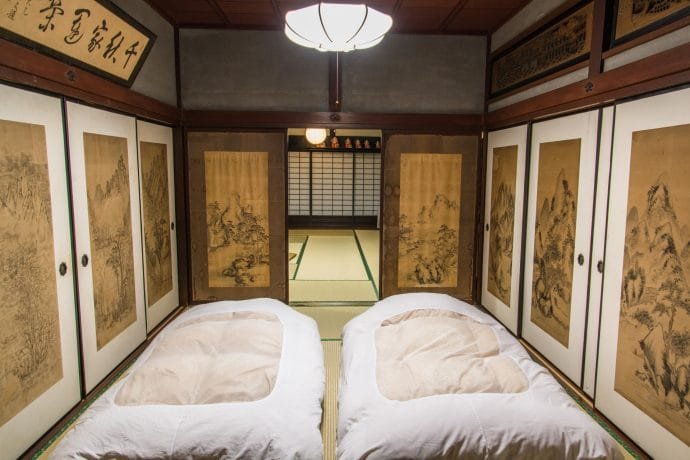
As you can see, the biggest budget by far is accommodation, with a average of 3 ฿ (371 €)/day. We know that there were cheaper options, but no capsule hotel or dormitory for us, we wanted our privacy... And of course, in a single room, even a small one, it quickly adds up.
Afterwards, yes, it's true, there is couchsurfing or even AirBnb which remain possibilities, which we have not explored...
The other thing, as mentioned above, is that we tested a ryokan… and it’s not cheap since it represents 1/3 of the total budget. Yes yes.
So it's all about the experience and at this price, breakfast and dinner are included. If you take that away, it's more than a average of €66 per night for other hotels, which remains correct.
Regarding transportation, we mainly used the subway and the intercity train. The prices are quite reasonable and if you do a lot of round trips during the day, there is an interesting pass. The only exception to public transportation is renting a car, to get out of Kyoto a bit (see my article on the license and driving in Japan).
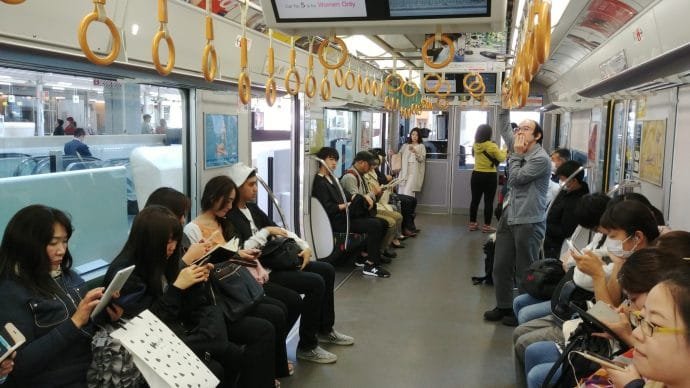
Some pointers:
- A 550 mL bottle of water costs an average of 120 yen (€1)
- A meal costs on average 900 yen per person (7 €)
- Car rental: €60 per day and petrol 130 yen/litre
- Subway: an average trip costs 200-250 yen (€1,6-€2)
- Average price for tours: 600 yen (€4,5)
Getting around in Japan
Given the distances and our schedule, the train was our main means of transport. It must be said that in Japan, the railway system is particularly efficient and well developed. It covers a good part of the main residential areas.
If you want to get an idea, you can check out a network map in the Kansai region.
But as developed as it is, we could have certainly gone to Amanoshidate by train, but going to Ine and Miyama would not have been possible, which justified using the car. It saved us time in addition to managing our visits as we wanted (because by bus, it would have been feasible but well, less practical)…


Afterwards, if the train is indeed a great means of transport (this is the case of the say), however, it is very confusing at first. Between the world that circulates, Japanese everywhere (the language, I speak), we quickly lose our bearings.
Although there are station names in English, they are not everywhere and sometimes in small letters on the line boards. It takes some time to adapt, but once you get used to it, va (That didn't stop me from making 2-3 mistakes when buying tickets, because you shouldn't confuse the machines for the metro and those for intercity trains...)


Summary of this first trip to Japan
The reception: all in sobriety
Overall, we can't say that the feeling is very strong. As much as I can't say, the Japanese, they're not cool! As much, it's not a warm welcome that stands out. The fact remains that overall, it was rather positive, let's be honest.
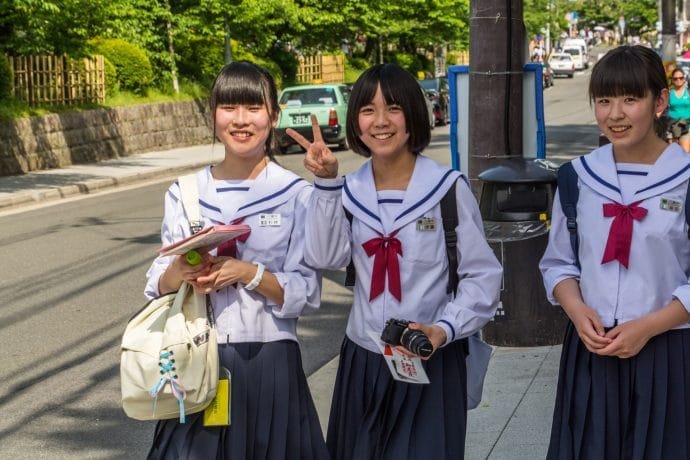
Let's say that compared to some other Asian countries, including Southeast Asia, which is particularly famous for this, the Japanese are quite sober, but that is part of their daily restraint, their culture and is therefore not a criticism in itself.
In addition, I would like to remind you that this is a 9-day experience, mainly in the city (and for the little we saw, the feeling was indeed different in the countryside). As for contact in general, it is already complicated since English is not widely spoken... And our Japanese is, let's say... more than limited (not to say non-existent).
However, in hotels, yes, it's quite simple, but the welcoming atmosphere and the English language allowed for a better feeling and a real exchange of information.

Japan is also known for its "extremes" and its slightly WTF side and for that, we can't say that I really got to see it, even if it's true, that I didn't expect anything special from that side (that didn't stop me from seeing a group of karts with guys dressed as Mario Kart characters wandering around...).
But mentioning it is a way of denouncing this tendency that we can have to create an image of a country, through documentaries or other aspects that will emphasize a particular element, while in appearance, Japan ultimately turns out to be relatively "normal" in the daily life of an average tourist.
Japanese cuisine
As for the food, let's say that there is not much to say about it, knowing Japanese cuisine well for tasting it regularly, it was not a surprise. There is no shortage of restaurants in Bangkok, and they are often real chefs, or, when they are chains, original recipes more or less respected.
And having tried restaurants directly in Japan, I can only confirm that in terms of Japanese cuisine, which is very popular in Thailand, we are rather well served.
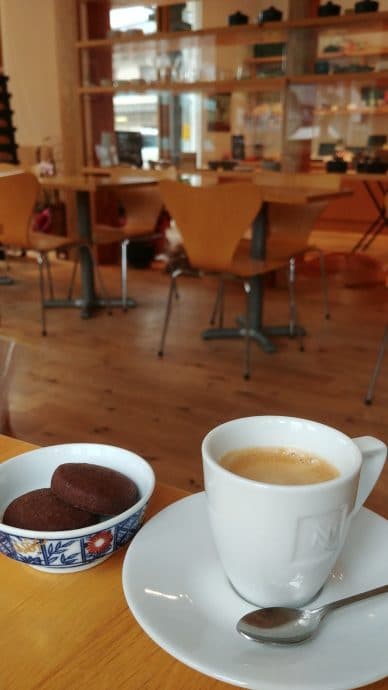
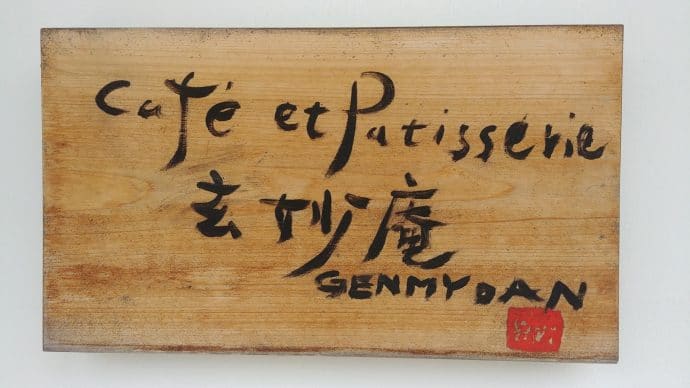
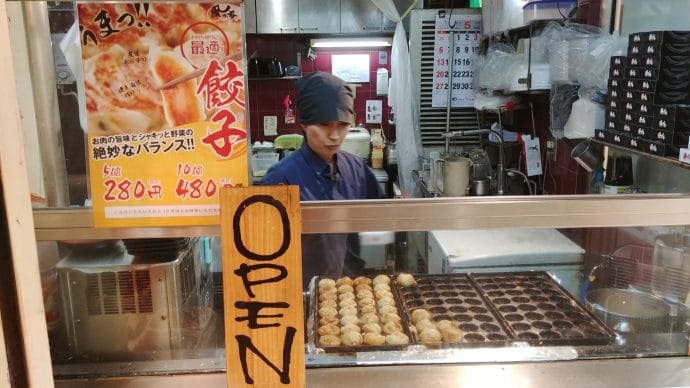

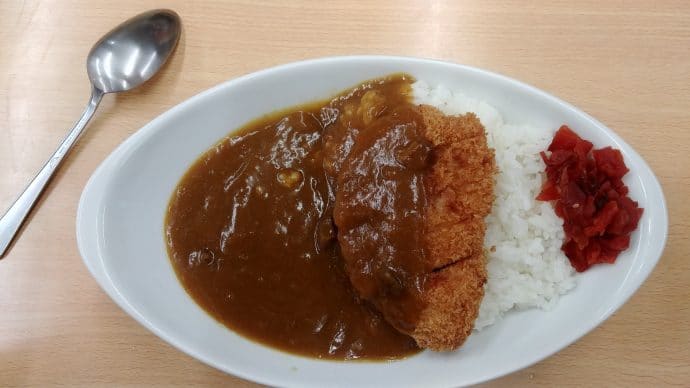
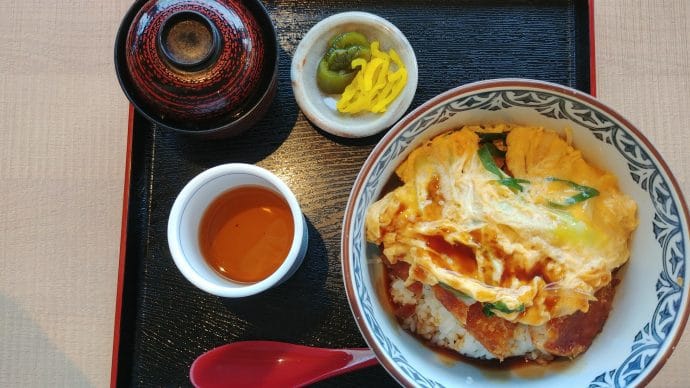
After that, it remains essentially based on rice and noodles, so it doesn't change much from my daily life, even if the flavors are completely different. Modernism requires that it is common to order via a terminal before sitting down at the table, simple, practical, efficient.
It is also common, although not systematic, to pay before eating.
Afterwards, just like in Thailand, this is a point that I appreciate, we find small cafes and even bakeries everywhere, which is always appreciable. There are also the presence everywhere of these drink machines which are very practical when you are thirsty (I have never drunk so much Evian).

Japan in pictures
A small photo gallery to give you an idea of what this trip was like and to tease you about upcoming articles 😉
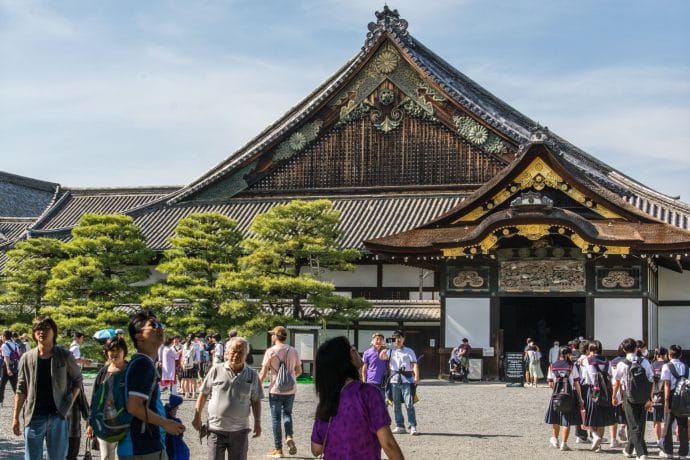
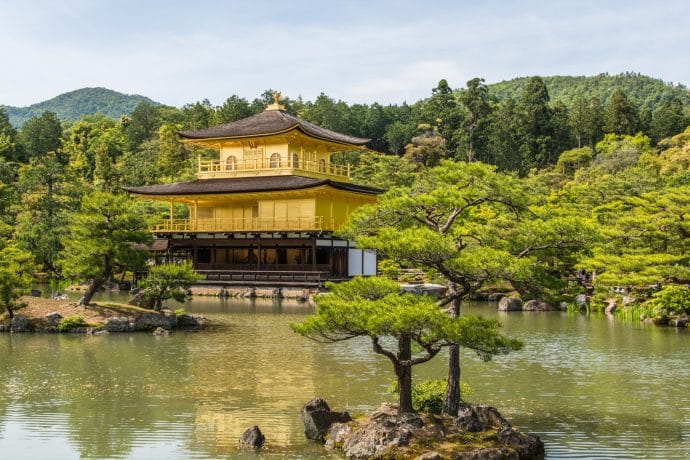
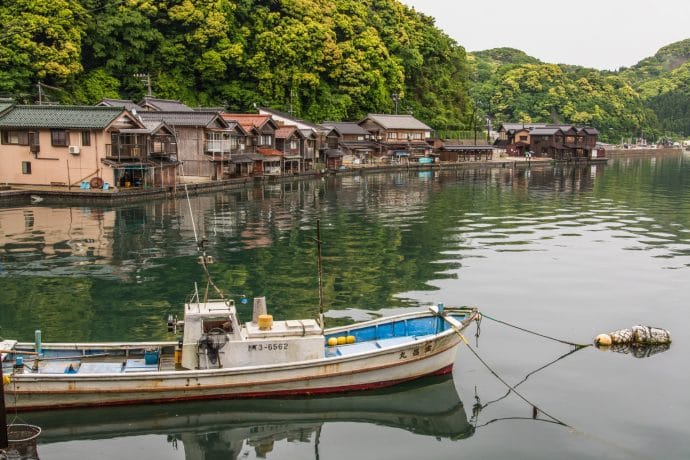
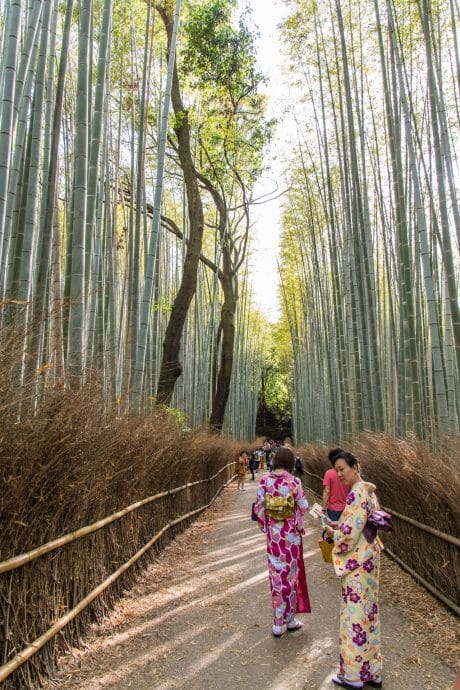
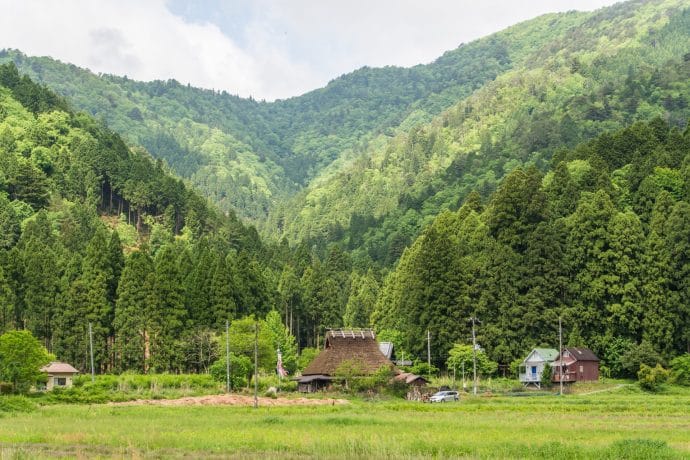
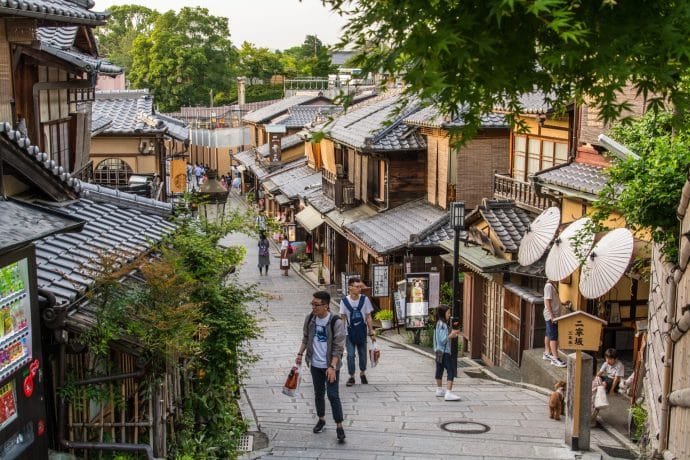
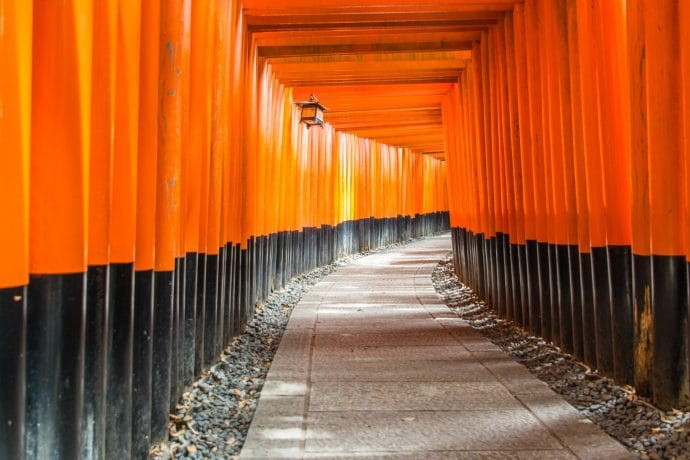




Hopefully, all of this will make you want to learn/see more about Japan ;-)
Did you like the article? share on Pinterest!






